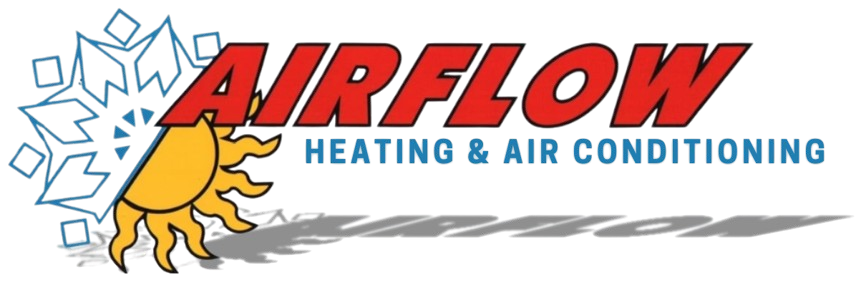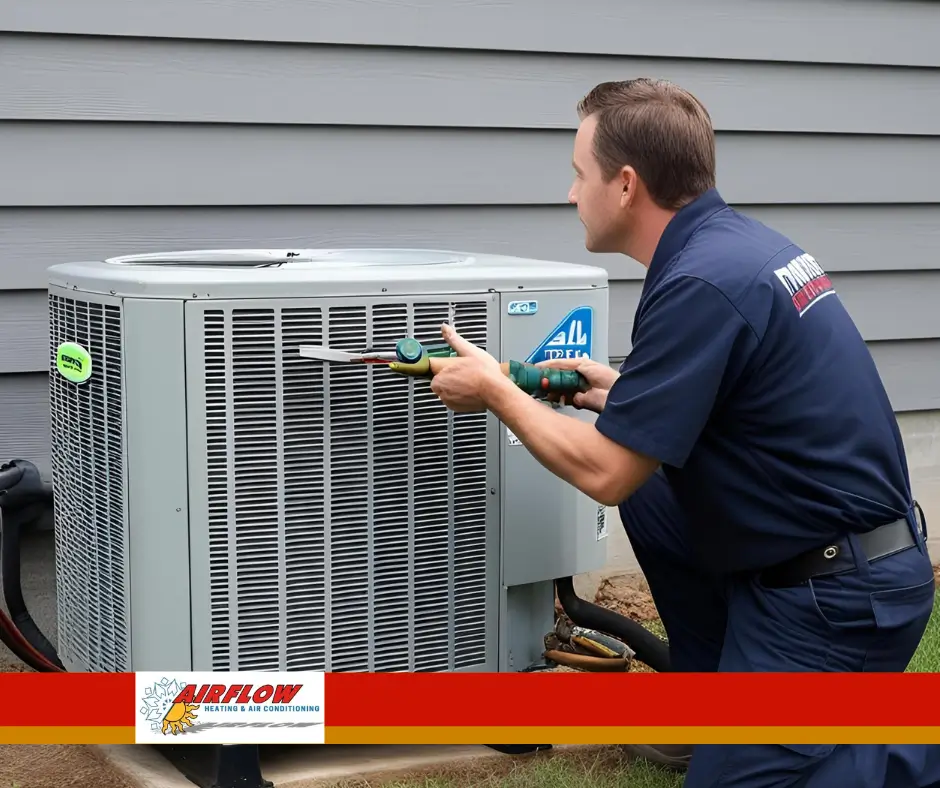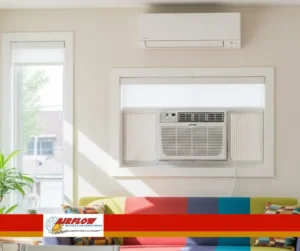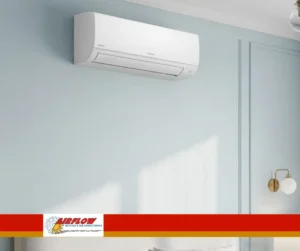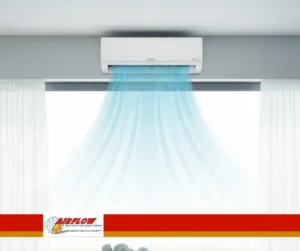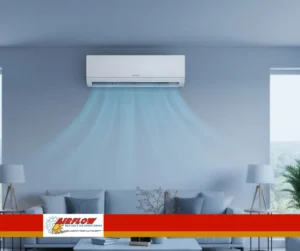Proper airflow is crucial to the efficiency and longevity of your air conditioning system. If your system is struggling to maintain airflow, it can lead to higher energy bills, reduced cooling performance, and ultimately, more costly repairs. In this article, we’ll cover how proper air conditioning maintenance can keep your AC running smoothly, as well as practical tips to ensure optimal airflow throughout your system.
Why Airflow Is Essential for Your Air Conditioning System
Your air conditioning system relies on a balance between airflow and cooling efficiency to work properly. Airflow is necessary for the AC unit to distribute cool air throughout your home, and if airflow is restricted, it can affect your system’s ability to cool the air effectively. Poor airflow can lead to several problems, including:
- Increased energy consumption: If the system is working harder to push air through clogged ducts or dirty filters, it consumes more energy, resulting in higher utility bills.
- Uneven cooling: Poor airflow can cause some rooms to feel warmer than others, making it difficult to maintain a consistent temperature.
- Reduced system lifespan: Restricted airflow can cause strain on the system’s components, leading to more frequent breakdowns and shorter system life.
Ensuring that your system has proper airflow through regular air conditioning maintenance can prevent these issues and keep your system running efficiently.
Tips to Maintain Proper Airflow for Your AC
There are several ways to ensure your air conditioning system is getting the airflow it needs to perform at its best. Let’s look at the key areas of your AC system that affect airflow and how to maintain them:
1. Regularly Replace or Clean the Air Filter
The air filter plays a significant role in maintaining proper airflow. A clogged or dirty filter restricts airflow, forcing your air conditioning system to work harder to pull air through. This can lead to increased energy consumption and reduced cooling efficiency.
Air conditioning maintenance should include regular cleaning or replacement of the filter. Depending on the type of filter you have, it should be replaced every 1 to 3 months. If you have pets, live in a dusty area, or run your AC frequently, it’s a good idea to check the filter monthly and replace it when needed.
2. Clean the Vents and Registers
Over time, dust, dirt, and debris can accumulate in your air vents and registers, obstructing the airflow and causing your AC to work less efficiently. Cleaning your vents and registers is an important step in air conditioning maintenance that can significantly improve airflow.
Start by turning off your system and removing vent covers. Use a vacuum with a soft brush attachment to remove any dirt and debris. Wipe the vent covers with a damp cloth before replacing them. This simple step ensures air can flow freely throughout the system.
3. Ensure Clear Ductwork
Just like dirty filters and blocked vents, clogged or damaged ductwork can severely restrict airflow. Ducts can become clogged with dust, dirt, or even mold over time, reducing their ability to carry air efficiently throughout your home.
If you notice that some rooms aren’t cooling as effectively as others, it could be due to a problem with the ductwork. While minor blockages can be cleaned with a vacuum, more severe issues might require professional air conditioning repair and duct cleaning services.
4. Check for Leaks in the Ducts
Leaks in the ductwork are a common cause of reduced airflow and energy inefficiency. When ducts are damaged, cooled air escapes, and your system has to work harder to maintain the desired temperature. Sealing duct leaks is a crucial part of air conditioning maintenance.
To check for leaks, visually inspect the ducts for holes, tears, or loose connections. You can also perform a simple test by turning on your AC and holding a piece of tissue paper near the ducts. If the paper moves or flutters, it may indicate a leak. Sealing these leaks with special duct tape or calling in a professional to repair the ducts will improve airflow and system efficiency.
5. Maintain the AC Coils
Both the evaporator and condenser coils in your air conditioning system play an important role in the cooling process. If these coils are dirty or covered in debris, it can restrict airflow and reduce the system’s ability to cool the air properly. Regular air conditioning maintenance includes cleaning these coils to ensure that air can flow freely through the system.
While it’s possible to clean the evaporator coil yourself, cleaning the condenser coil usually requires professional help. If you’re unsure how to do it, consider scheduling an annual service call with an HVAC professional.
When to Call a Professional for Air Conditioning Maintenance
While there are several simple steps you can take to maintain proper airflow in your air conditioning system, some issues require the expertise of a professional. If you’ve checked filters, vents, and ducts, and airflow is still insufficient, it may be time to call an HVAC technician. Professional air conditioning maintenance can identify and address underlying problems, such as refrigerant leaks, ductwork issues, or internal component failures.
Conclusion: Keep Your AC Running Smoothly with Proper Airflow Maintenance
Proper airflow is key to ensuring that your air conditioning system runs efficiently and effectively throughout the summer. By following regular air conditioning maintenance practices like cleaning filters, vents, and ducts, as well as ensuring there are no leaks, you can maintain smooth airflow and avoid common cooling problems. For more complex issues, always consult a professional HVAC technician to keep your system running at peak performance.
Maintaining proper airflow is an investment in both your comfort and your AC’s longevity. So, don’t wait—take the necessary steps today to keep your air conditioning system in top shape!
READ MORE:
